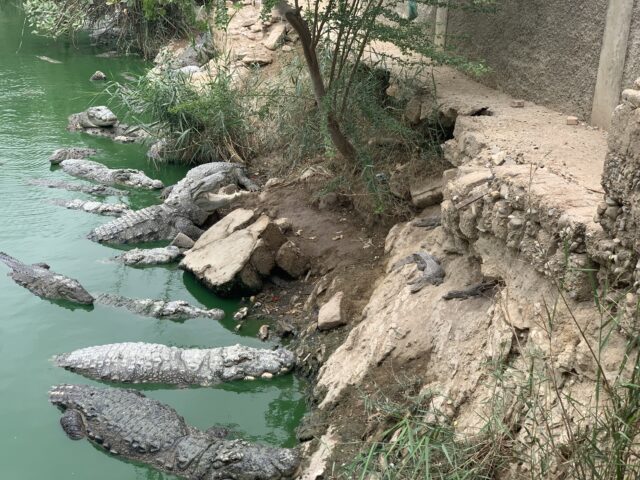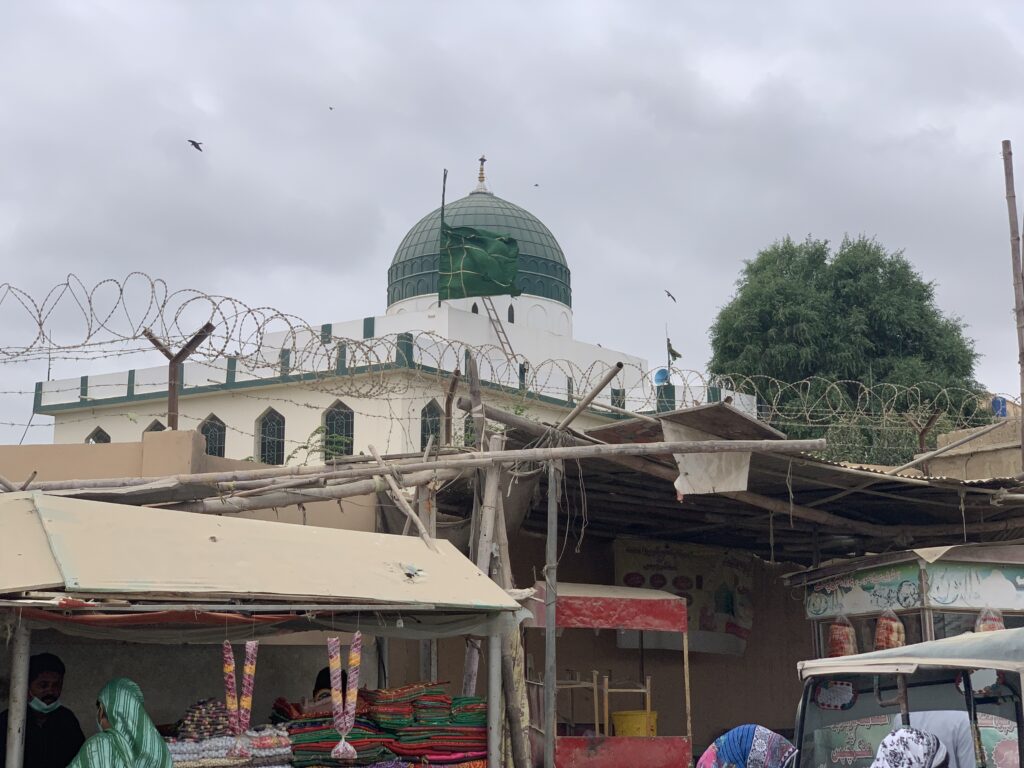
After weeks of unexpected travel complications and an unprecedented lockdown in the first week of August, I finally managed to make my way to Karachi a week and a half ago. Every time I visit this city, I am amazed by the sheer amount of ethnic and religious diversity that exists here. Coming from Islamabad, I am not used to interacting with this many Sindhis, Baloch people, Pashtuns, Muhajirs, and Punjabis in one place. For Karachi is in essence the melting pot of Pakistan.
Being in Karachi for the past few days has surprisingly highlighted just how little I know about the Afro-Pakistani community. This dearth in knowledge was exposed to me when my local contact, a Baloch man, referred to the Sheedis as “Makranis,” when a Sindhi historian referred to them as “Dadas,” and when a Punjabi referred to them as “Siah-faam.” There is much to be said about the etymology of these terms of identification and how they make it incredibly difficult to acknowledge the presence of Africans in South Asia, but I wanted my visit to the shrine to shed light on how Africans perceive of themselves. All the pictures in this post are from my trip to the shrine.
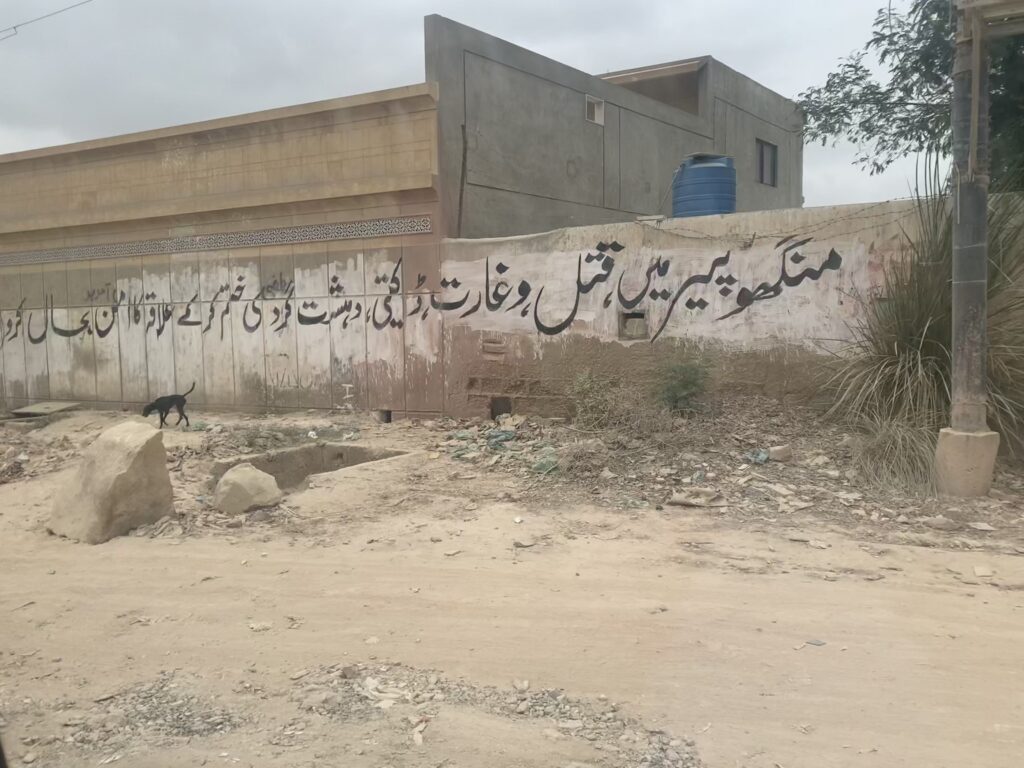
The shrine which is located just north of “Kati Pahari” is located in an area that has gained a reputation for infighting between different ethnic groups. The picture above depicts a sign calling for an end to “terrorism, dacoity and murder.” The worn-down appearance of this area known for its marble processing factories, alongside needless fearmongering from my relatives had me anxious well before my visit. As a person who only spoke Urdu and Punjabi and belonged to an ethnicity that has traditionally caused the individuals of this region harm, I was unsure how to go about interviewing members of this locality and finding appropriate contacts. Thankfully, my local contact put me in touch with Majid Ali. His mother is the Sheedi elder of the region and I am scheduled to speak to her sometime this week if the Muharram processions do not block access to the region. Muharram is especially an anxious time because of internet shutdowns to prevent any coordinated attacks on the processions.
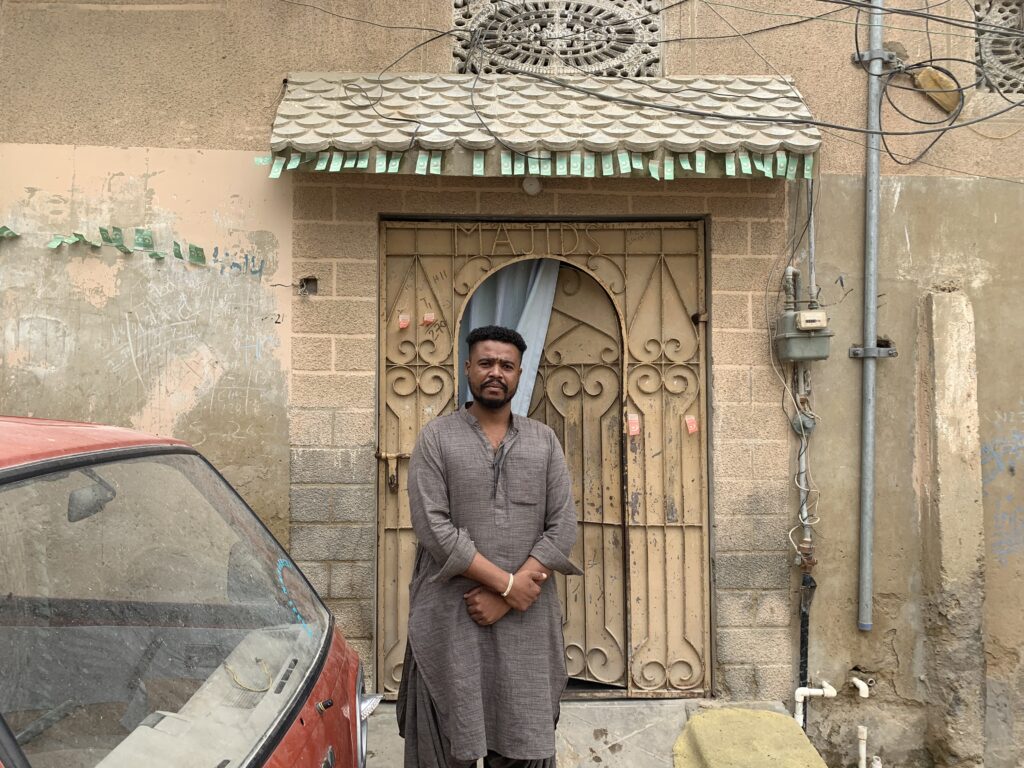
Thus far, this experience has been wonderful. I originally got interested in this topic because of my childhood dream of becoming a Zoologist. That dream led me to pursue this anthropological and historical line of inquiry that has forever changed the ways in which I perceive Pakistani society.
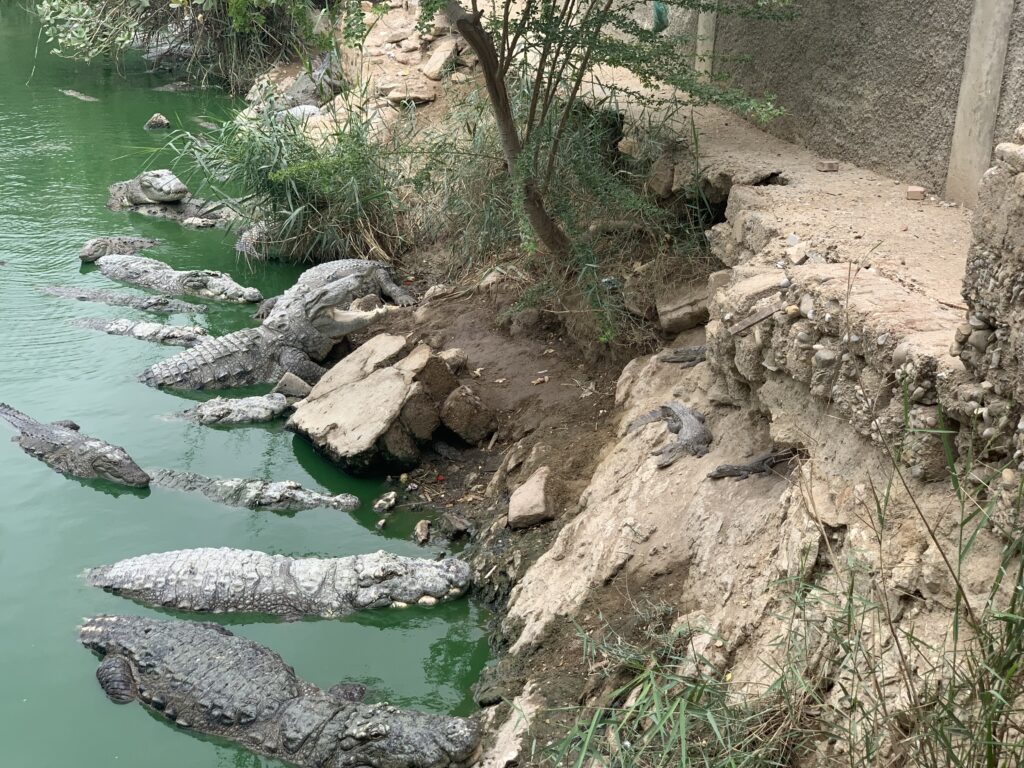
There is a size-able amount of work that is still to be done on this topic. For my senior thesis, I would like to speak to more individuals. I have contacted the first Sheedi MPA, Tanzeela Qambrani, and could, time permitting, potentially travel to her township for further interviews. If not, my intention is to come back to Karachi and make my way to interior Sindh to converse with her and people from her village in the Winter break. My research here will penultimately contribute to my Gallatin Senior Project.
